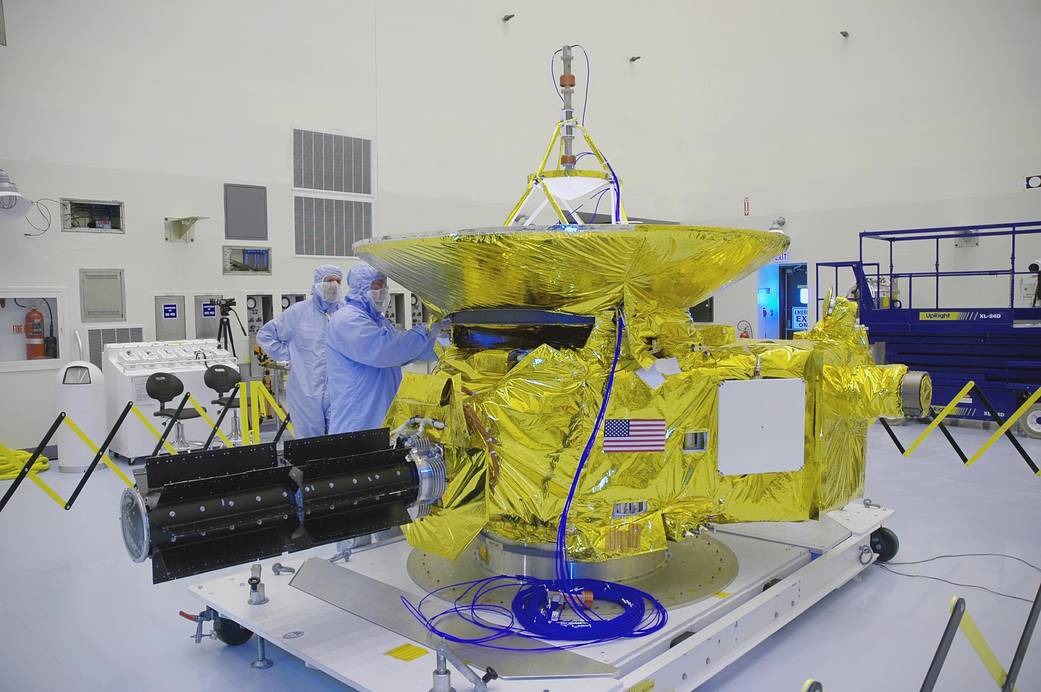Resources
Safety of Radioisotope Power Systems

One fundamental requirement for a space mission is a reliable source of sufficient electrical power. Planetary exploration spacecraft and their electrical power sources must be built to withstand extremes in temperature, radiation, pressure and dust that would quickly disable or destroy most hardware and software on Earth. In addition, these spacecraft often must function continuously in such environments, sometimes for many years, to accomplish their goals.
For certain missions to the moon and destinations beyond that offer sufficient sunlight and natural heat, solar power is an excellent choice. However, several proposed NASA missions given top priority by the scientific community would visit some of the harshest, darkest, and coldest locations in the solar system; many of these missions would not be possible or would be extremely limited without the use of Radioisotope Power Systems (RPS).
Produced through a partnership between NASA and the Department of Energy (DOE), RPS use the heat produced from the natural decay of the radioisotope plutonium-238 to generate electricity for powering spacecraft. RPS can also be used to provide heat to keep spacecraft components and systems warm. In a traditional Radioisotope Thermoelectric Generator (such as the Multi Mission Radioisotope Thermoelectric Generator [MMRTG] in use by the Curiosity Mars rover), a temperature difference across the junction of two different metals generates the electricity. In a new design of RPS under development called an Advanced Stirling Radioisotope Generator, the radioisotope heat is used to drive a piston that moves back and forth more than 100 times per second to generate an electrical current via a linear alternator.
Regardless of the power source, mission success is the driving force behind all of NASA’s engineering decisions. At every stage, this drive for success is grounded in planning for the safety of the general public and project personnel, which guides NASA’s use of RPS from start to finish.
Credit
NASA/U.S. Department of Energy


